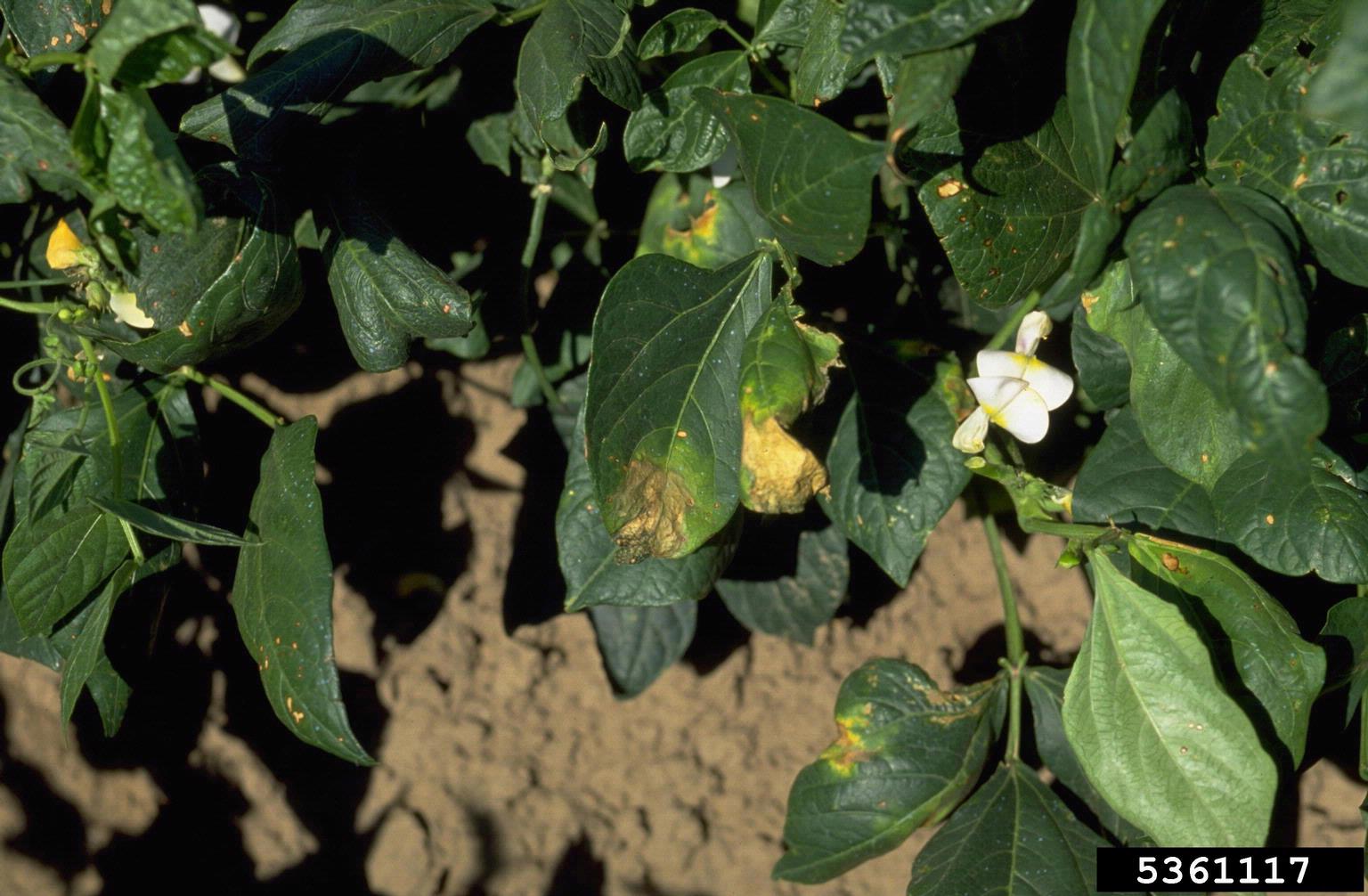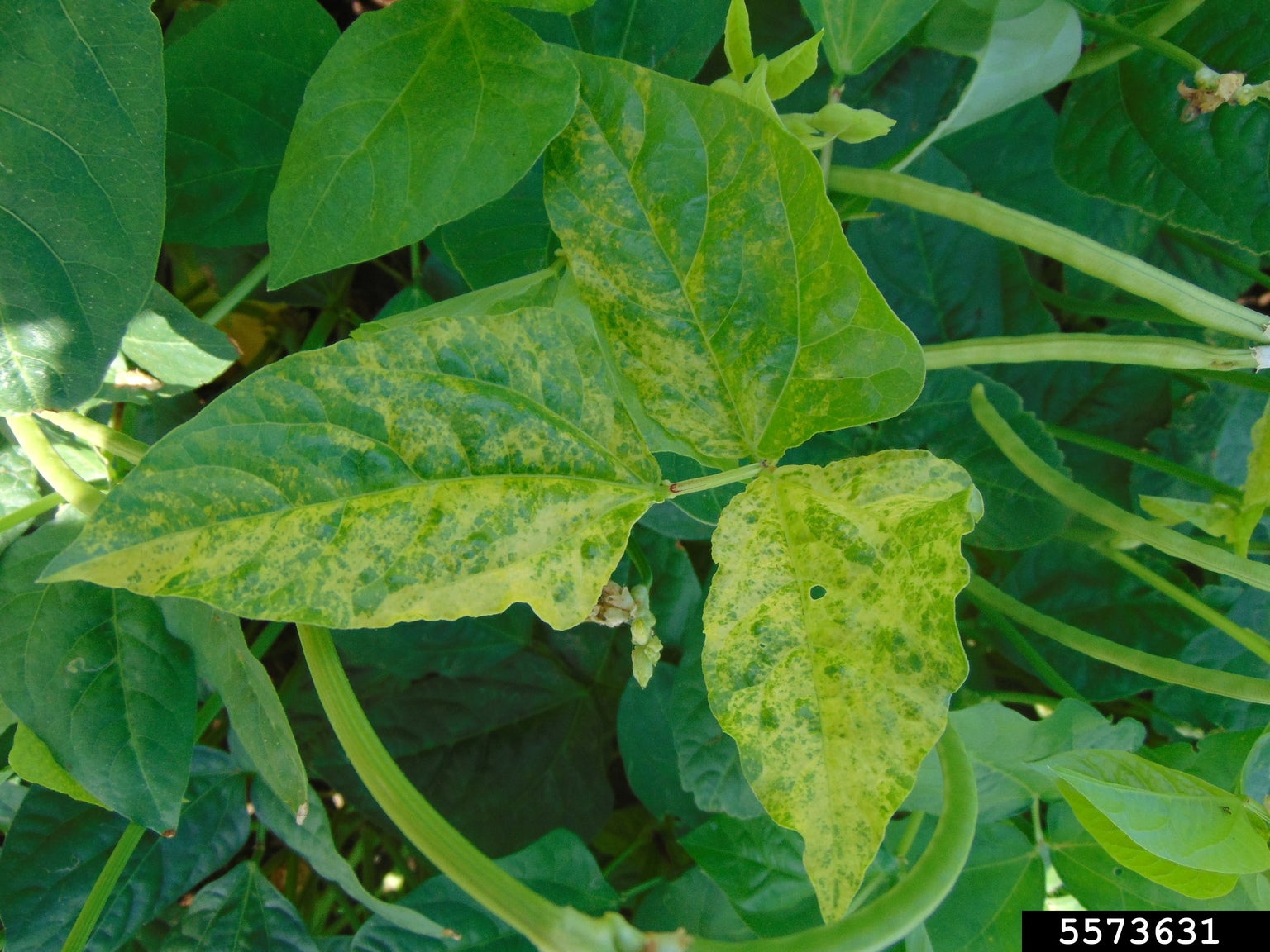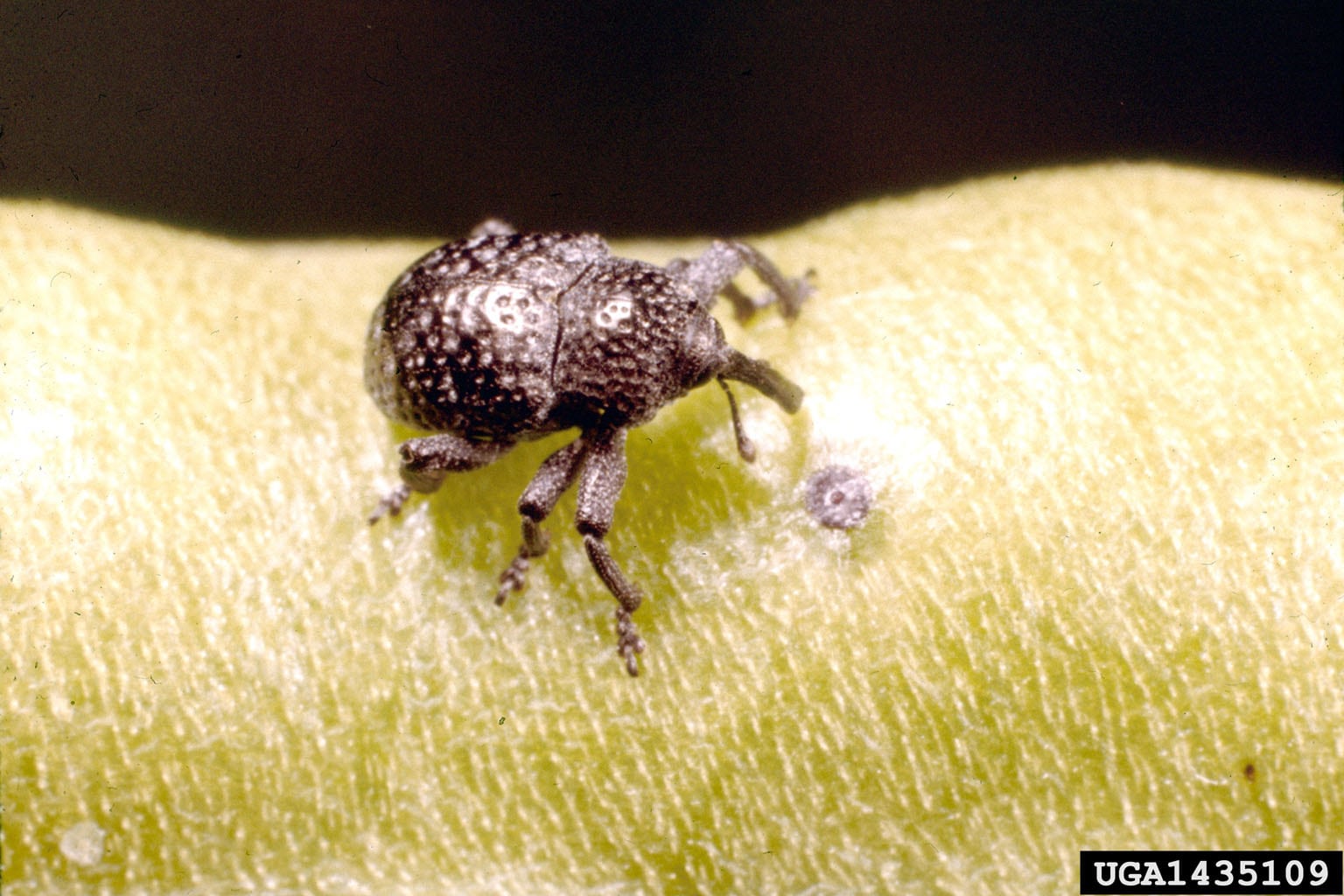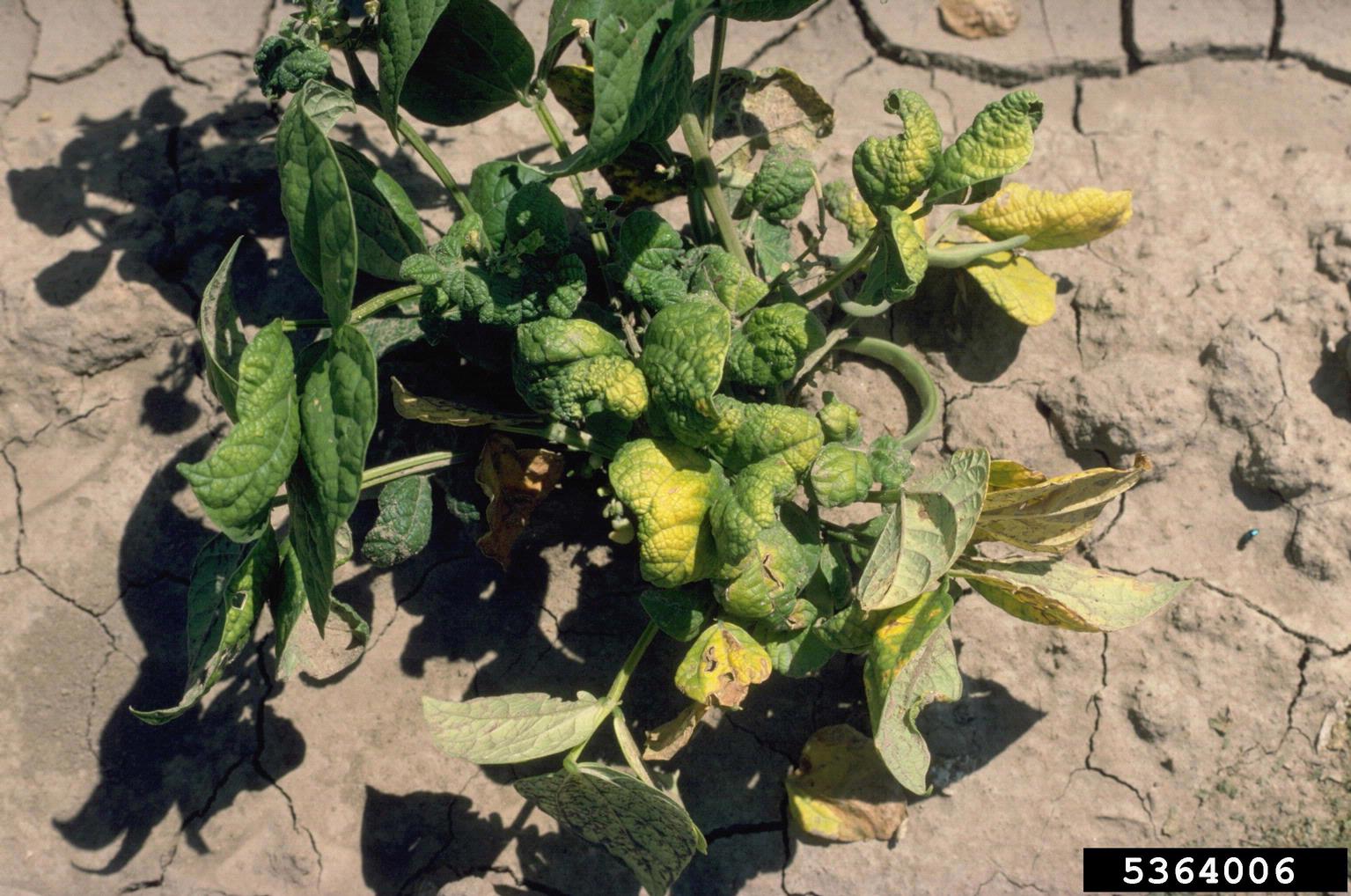Burnt Southern Pea Leaves: Treating Southern Peas With Burnt Leaves


There are three types of the southern peas: crowder, cream, and black-eyed peas. These legumes are fairly easy to grow and produce copious amounts of peas. They usually have few problems but several fungal and bacterial diseases as well as soil and site conditions can cause southern pea leaf burn. These vegetables thrive in high heat regions, so the cause of leaf burn on southern peas is rarely sunscald. Some investigation into the most common causes of leaf burn can help diagnose and treat the condition.
Causes of Southern Peas with Burnt Leaves
Leaf discoloration and damage can come from many fronts. It may be disease, insect or animal pests, chemical drift, poor cultivation, bad soil fertility, or pH. The list goes on. Discovering what might be causing leaf burn on southern peas takes a bit of sleuthing. It's best to start with the most common causes of the problem and see if one of those is the culprit. Bronzing is a problem in beans that are grown where there are high levels of ozone pollutants. The bronzing of the leaves can appear like a sunscald or burn. Sunscald is not a common problem on peas but it does plague beans. Low soil pH can cause a reduction in absorbed minerals and nutrients. In sandy, dry soils, a common cause of leaf burn on southern peas is lack of potassium. Plant leaves may also appear to be burnt when water is withheld for too long. You should always do a soil test and amend the pH and nutrient levels of the soil before planting. Generous amounts of compost added to soil can enhance porosity, nutrient levels, and help conserve water without making soil boggy.
Diseases that Cause Leaf Burn on Southern Peas
Southern peas are prey to numerous fungal diseases. Many of these cause damage that mimics foliage burn. Several leaf spot diseases caused by fungi start as halo bordered lesions and age to dry plant material. Alternaria starts as shot holes in the leaf and broadens to bronzed dead material as does cercospora. Bacterial blight is not fungal but causes tan to brown leaf spots that appear similar to burnt material. No matter which disease may be plaguing the plants, the key to reducing the incidence of southern pea leaf burn is often sanitation. Fungal spores spread in water, wind, and on clothing and machinery. Remove all old plant matter at the end of the season, rotate crops, and sanitize equipment.
Chemical Burns
Southern peas with burnt leaves may also be the result of contact with some sort of chemical. This might be an herbicide, pesticide, or another preparation. Often, this occurs as a result of drift, where wind carries the chemical to unintended plants. It may also be a result of improper application of wanted preparations. Some chemicals, if applied in full sun, have the ability to burn leaves. They will also cause damage if applied at full strength or the wrong concentration. To avoid chemical burns, only apply sprays when winds are calm and follow all directions for any type of application.
Gardening tips, videos, info and more delivered right to your inbox!
Sign up for the Gardening Know How newsletter today and receive a free copy of our e-book "How to Grow Delicious Tomatoes".

Bonnie Grant is a professional landscaper with a Certification in Urban Gardening. She has been gardening and writing for 15 years. A former professional chef, she has a passion for edible landscaping.
-
 Looking For Plants To Give You The Soft And Fuzzies? Try These 5 Fuzzy Leaf Plant Options
Looking For Plants To Give You The Soft And Fuzzies? Try These 5 Fuzzy Leaf Plant OptionsLovers of texture, drama, silver foliage and tactile plants will adore these special sensory garden additions. These fuzzy leaf plant options will leave you all aglow
By Susan Albert
-
 Get Ready For A Summer Of Hummers! Grow These Full Sun Hummingbird Plants and Flowers
Get Ready For A Summer Of Hummers! Grow These Full Sun Hummingbird Plants and FlowersIf you’re lucky enough to enjoy a sunny backyard, make sure you are maxing out on your pollinator opportunities and grow these full sun hummingbird plants and flowers
By Tonya Barnett
-
 Southern Pea Mosaic Virus: Learn About Mosaic Virus Of Southern Pea Plants
Southern Pea Mosaic Virus: Learn About Mosaic Virus Of Southern Pea PlantsSouthern peas may be afflicted by a number of diseases, like southern pea mosaic virus. What are the symptoms of mosaic virus of southern peas? Learn how to identify southern peas with mosaic virus and control the virus in this article.
By Amy Grant
-
 Cowpea Curculio Management – Information About Cowpea Curculio Damage
Cowpea Curculio Management – Information About Cowpea Curculio DamageThough the fast-maturing plants require minimal care, some pests could drastically impact cowpea yields. Knowing the signs of one such nuisance, cowpea curculio, will ensure that gardeners are better able to manage damage done to their plantings. This article will help.
By Tonya Barnett
-
Southern Pea Cotton Root Rot – Treating Texas Root Rot Of Cowpeas
Are you growing cowpeas or southern peas? If so, you'll want to know about Phymatotrichum root rot, also known as cotton root rot. For information about cowpea cotton root rot and its control, this article will help.
By Teo Spengler
-
Southern Pea Root Knot Nematode: Managing Root Knot Nematodes On Southern Peas
Southern peas with root-knot nematodes can suffer in multiple ways. The pathogen can damage the plants enough to reduce the harvest, but it can also make your peas vulnerable to other infections, including fungal and bacterial diseases. Learn more here.
By Mary Ellen Ellis
-
Southern Pea Pod Blight Control: Treating Pod Blight On Southern Peas
Southern peas seem to have a different name depending on what section of the country they're grown. Whether you call them cowpeas, field peas, crowder peas, or black-eyed peas, they are all susceptible to wet rot. Learn more in this article.
By Amy Grant
-
 Cowpea Curly Top Virus – Learn To Manage Southern Peas With Curly Top Virus
Cowpea Curly Top Virus – Learn To Manage Southern Peas With Curly Top VirusSouthern pea curly top virus can leave your pea crop damaged if you don?t manage it. Transmitted by an insect, this virus attacks several types of garden vegetables and in southern pea or cowpeas, it can severely limit the year?s harvest. Learn more in this article.
By Mary Ellen Ellis
-
 Cowpea Leaf Spot Diseases: Managing Southern Peas With Leaf Spots
Cowpea Leaf Spot Diseases: Managing Southern Peas With Leaf SpotsLeaf spots of cowpea, which can also affect lima beans and other legumes, causes significant crop loss in the southern United States. However, the fungus isn?t limited to the southern states and can also occur in other areas. Learn more here.
By Mary H. Dyer
-
Southern Pea Powdery Mildew Control – Treating Southern Peas With Powdery Mildew
It is important to recognize the symptoms of southern peas with powdery mildew in order to come up with a management plan before the problem becomes too severe. The following article contains information regarding southern pea powdery mildew control.
By Amy Grant